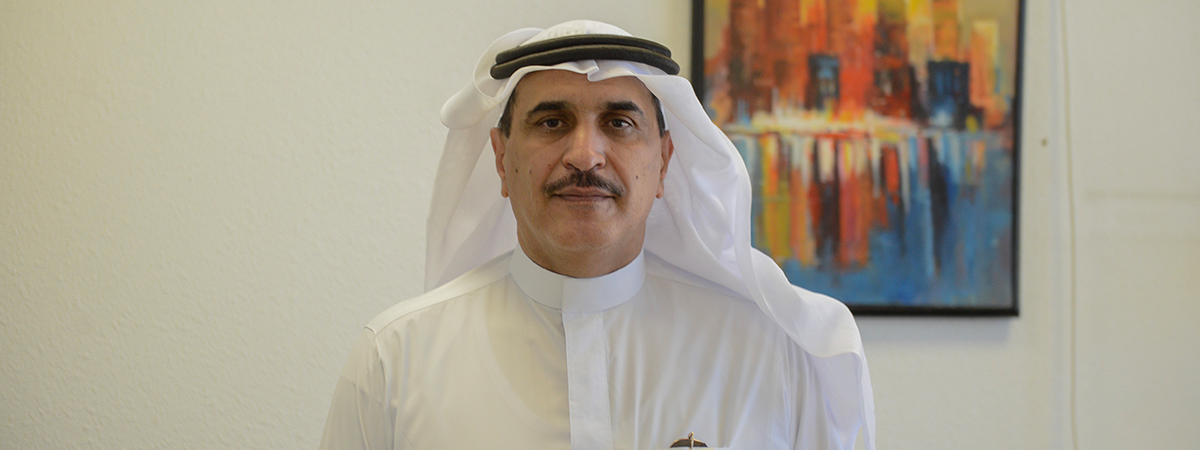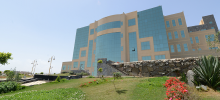College of Medicine at the University: Scientific Research On Hip Replacement for Sickle Cell Anemia Patients.

The university is home to many researchers, and regards scientific research with great importance, as it is one of its main occupations.
A Member of the faculty of education at king Khalid university's college of medicine, Prof. Mohamamd bin Lafy AL-Otaibi, published a scientific research entitled 'Hip replacement for Sickle Cell Anemia patients' in one of ISI's international Magazines, confirming that the idea of the research came after years of observations of surgical correction for hip replacement in patients of Sickle Cell Anemia.
Dr. AL-Otaibi said, that this research will serve a special group of southern region patients, due to Sickle Cell Anemia's prevalence and the large number of patients living in the region; only surpassed by the eastern region.
He explained, it has been noticed that the hip joint leads to the most severe disability in the case of blood circulation shortage in the head of the hip bone which leads to a shift in the rotation of the joint's surface which comprises of the head of the hip bone and the acetabulum. Patients are usually required to avoid movement to a high degree of disability leading to an inability to function and perform simple daily tasks. patients who don't suffer from rotation-shift and have matching joint surfaces, even though they have poor blood circulation, may experience pain similar to muscle-level pain, which regularly would not limit their movement, therefore hip replacement may not lead to the desired results; contrary to patients with mismatched joint surfaces and rotation-shift who usually showcase a high level of satisfaction and benefit immensely from hip replacement.
Dr. AL-Otaibi continued, measurements of hip functions following operations have shown that patients with mismatched joint surfaces have high levels of improvement, contrary to patients who only experience blood circulation shortage without joint-shift and have matching surfaces. He added, patients who transfer to specialized hip-replacement clinics must consider with great care the distinction between the two according to this observation; In order to avoid operating on those who are not in need, who are patients that don't experience joint surface rotation shift.
Dr. AL-Otaibi showed that these numbers include Sickle Cell Anemia patients who are sixteen years of age and older, adding that this study is only done on the group of patients who don't have identical joint surfaces without looking at the lack of perfusion of the hip trochanter, as it was implemented in the past.
For more about the research (Click Here).









